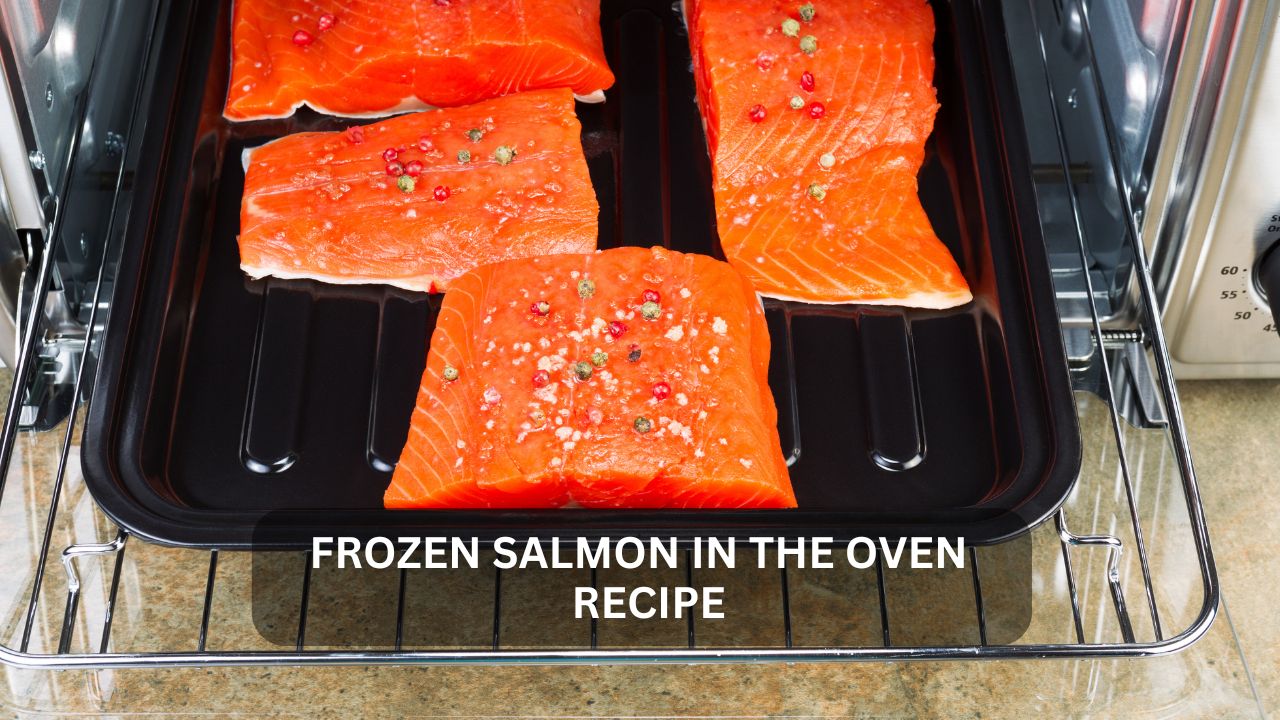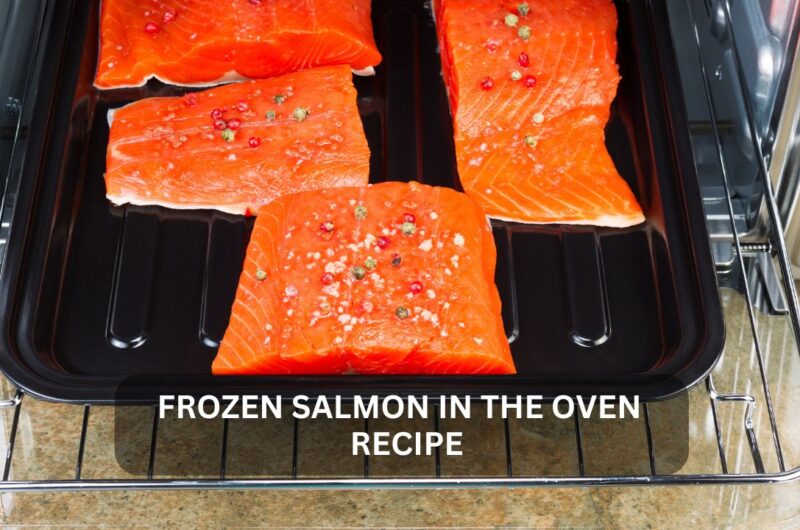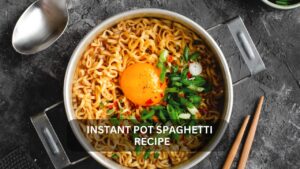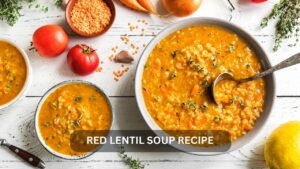Introduction: The Rise of Frozen Salmon
Frozen salmon has become a staple in many households for its convenience and impressive health benefits. Whether you’re a home cook looking to whip up a quick weeknight meal, a healthy eater aiming to include more nutritious options in your diet, or a seafood lover who can’t get enough of that rich, flavorful taste, frozen salmon is the perfect choice for you.
When it comes to cooking frozen salmon, the oven is one of the best methods. It ensures even cooking and helps retain the moisture and flavor of the fish. In this blog post, we’ll explore the benefits of cooking frozen salmon, provide a detailed step-by-step guide, discuss variations to keep your meals exciting, and offer tips for perfect results every time. Let’s dive in!
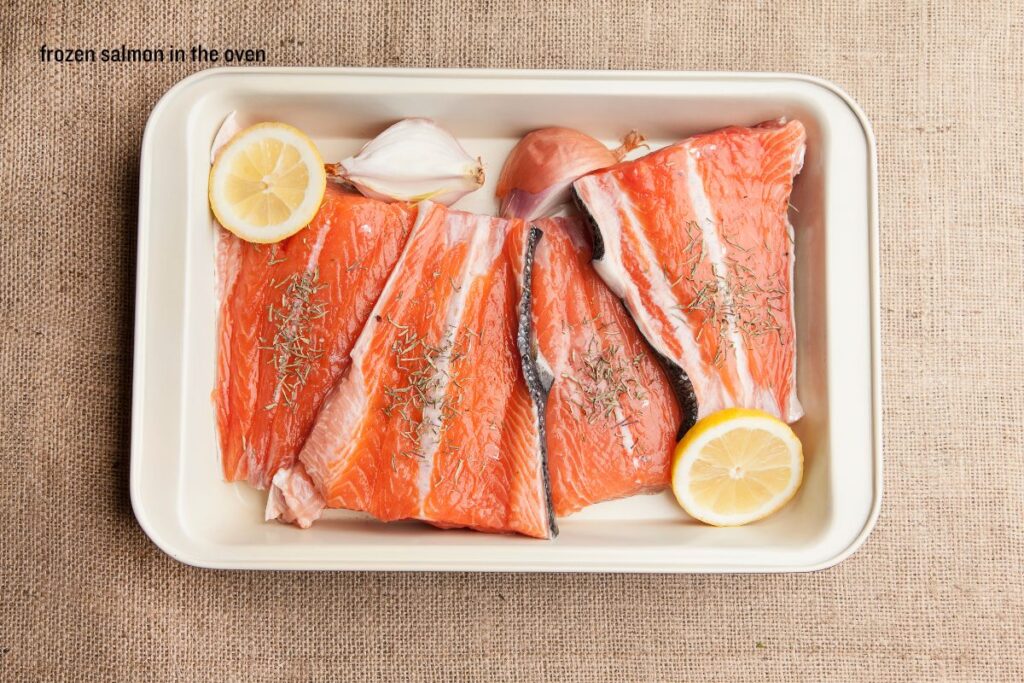
Benefits of Cooking Frozen Salmon
Nutritional Advantages
Salmon is known for its high omega-3 fatty acid content, which promotes heart health, supports brain function, and reduces inflammation. Frozen salmon retains these vital nutrients, offering a high-quality, nutritious option for your meals.
Convenience
Frozen salmon offers unparalleled convenience. It can be stored for extended periods without losing its nutritional value, making it a great option for busy home cooks. No need to worry about using it within a few days, unlike fresh salmon.
Affordability
Frozen salmon is often more affordable than fresh salmon, making it easier to enjoy this delicious fish regularly without breaking the bank.
Step-by-Step Guide to Cooking Frozen Salmon in the Oven
Cooking frozen salmon in the oven is straightforward, and with a few simple steps, you’ll have a delicious, healthy meal ready in no time.
Initial Preparation
- Thawing (Optional): While you can cook salmon straight from frozen, thawing it in the refrigerator overnight can make the cooking process easier and more predictable.
- Select High-Quality Frozen Salmon: Look for fillets that are vacuum-sealed and free from freezer burn.
Setting Up the Oven
- Preheat the Oven: Preheat your oven to 425°F (220°C). This temperature ensures the salmon cooks evenly and retains its moisture.
Preparing the Salmon
- Seasonings:
- Basic Seasoning: Drizzle the salmon with olive oil and sprinkle with salt and pepper.
- Lemon Dill: Add fresh lemon juice, dill, and a hint of garlic.
- Teriyaki: Brush with teriyaki sauce for a sweet and savory flavor.
- Mediterranean: Top with olives, cherry tomatoes, capers, and olive oil.
- Cajun: Coat with a Cajun spice blend for a zesty kick.
- Honey Mustard: Brush with a mixture of honey and mustard for a sweet and tangy glaze.
Cooking the Salmon
- Place on a Baking Sheet: Line a baking sheet with parchment paper or aluminum foil and place the salmon fillets skin-side down.
- Bake: Place the baking sheet in the oven and bake for about 20-25 minutes if cooking from frozen. If thawed, reduce the cooking time to 12-15 minutes.
Checking for Doneness
- Internal Temperature: Use a meat thermometer to check the internal temperature. The salmon should reach 145°F (63°C).
- Visual Cues: The salmon should be opaque and flake easily with a fork.
Serving Suggestions
- Plate the Salmon: Place the cooked salmon fillets on a plate.
- Side Dishes: Pair with a variety of side dishes such as roasted vegetables, quinoa, or a fresh salad for a balanced meal.
Safety and Health Tips
- Safe Handling: Always wash your hands and utensils after handling raw salmon to avoid cross-contamination.
- Proper Storage: Store any leftover salmon in an airtight container in the refrigerator and consume within 2-3 days.
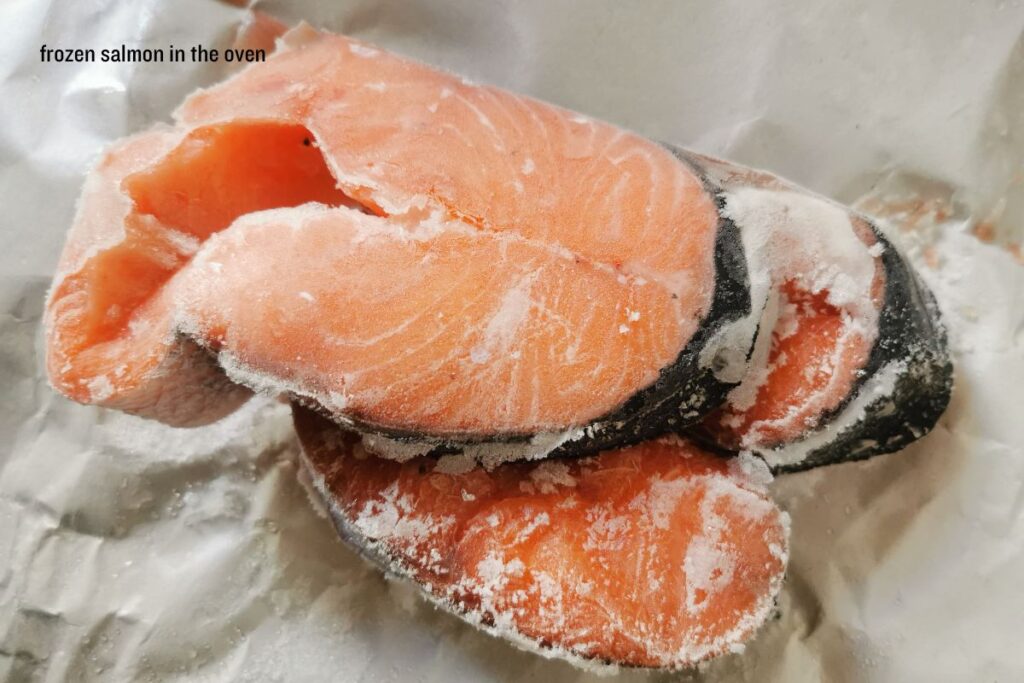
Exploring Variations: Different Flavors for Cooking Frozen Salmon
Lemon Dill Frozen Salmon
- Ingredients: Fresh lemon juice, dill, garlic
- Method: Drizzle lemon juice over the salmon, sprinkle with chopped dill and minced garlic.
- Flavor Profile: Light and refreshing.
Teriyaki Glazed Frozen Salmon
- Ingredients: Teriyaki sauce
- Method: Brush the salmon with teriyaki sauce before baking.
- Flavor Profile: Sweet and savory.
Mediterranean Style Frozen Salmon
- Ingredients: Olives, cherry tomatoes, capers, olive oil
- Method: Top the salmon with a mixture of olives, halved cherry tomatoes, and capers, then drizzle with olive oil.
- Flavor Profile: Rich and tangy.
Spicy Cajun Frozen Salmon
- Ingredients: Cajun spice blend
- Method: Coat the salmon with the Cajun spice blend.
- Flavor Profile: Bold and zesty.
Honey Mustard Glazed Frozen Salmon
- Ingredients: Honey, mustard
- Method: Mix honey and mustard together and brush onto the salmon before baking.
- Flavor Profile: Sweet and tangy.
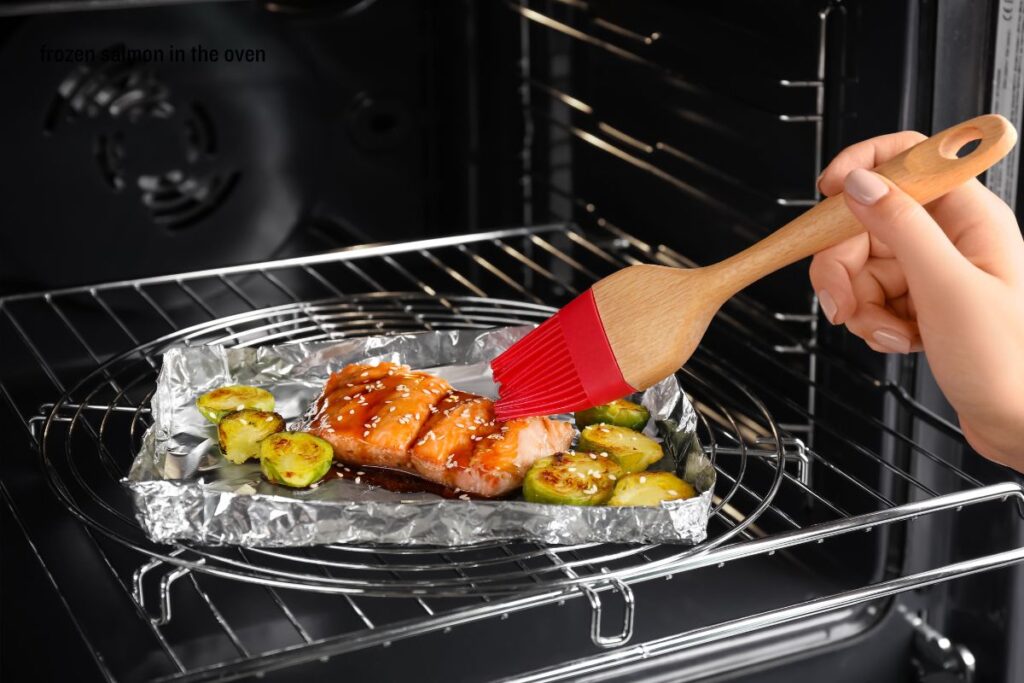
Tips for Perfect Results
Selecting High-Quality Frozen Salmon
- Packaging: Choose vacuum-sealed packages to ensure freshness.
- Appearance: Look for fillets that are uniform in color without any discoloration.
Avoiding Common Cooking Mistakes
- Overcooking: Keep an eye on the cooking time and internal temperature to avoid drying out the salmon.
- Underseasoning: Don’t be afraid to season generously for maximum flavor.
Ensuring Moist, Flavorful Salmon
- Cover While Baking: Cover the salmon with aluminum foil during the first half of baking to lock in moisture.
- Resting Time: Let the salmon rest for a few minutes after baking to allow the juices to redistribute.
Health Considerations
Nutritional Benefits of Salmon
- Omega-3 Fatty Acids: Supports heart and brain health.
- High-Quality Protein: Essential for muscle repair and growth.
- Vitamins and Minerals: Rich in B vitamins, vitamin D, and selenium.
Maintaining Nutritional Value
- Gentle Cooking: Baking is a gentle method that helps preserve the nutritional content of the salmon.
- Minimize Additives: Use fresh herbs and spices rather than heavy sauces to keep the dish healthy.
Exploring International Flavors
Miso Glazed Salmon
- Ingredients: Miso paste, soy sauce, rice vinegar, sesame oil
- Method: Create a glaze with miso paste, soy sauce, rice vinegar, and a bit of sesame oil. Brush the glaze over the salmon before baking.
- Flavor Profile: Umami-rich and slightly sweet.
Herb Crusted Salmon
- Ingredients: Fresh herbs (parsley, thyme, rosemary), breadcrumbs, lemon zest
- Method: Mix chopped fresh herbs, breadcrumbs, and lemon zest. Press the mixture onto the salmon before baking.
- Flavor Profile: Fresh and aromatic.
Indian Spiced Salmon
- Ingredients: Turmeric, cumin, coriander, garam masala, lemon juice
- Method: Mix the spices with lemon juice to create a paste and coat the salmon before baking.
- Flavor Profile: Warm and earthy with a hint of citrus.
How to Cook Frozen Salmon in the Oven: A Comprehensive Guide for Home Cooks
Course: DinnerCuisine: AmericanDifficulty: Easy2
servings5
minutes25
minutes300
kcalFrozen salmon has become a staple in many households for its convenience and impressive health benefits. Whether you’re a home cook looking to whip up a quick weeknight meal, a healthy eater aiming to include more nutritious options in your diet, or a seafood lover who can’t get enough of that rich, flavorful taste, frozen salmon is the perfect choice for you.
Ingredients
Frozen salmon fillets
Olive oil
Salt
Black pepper
Lemon slices
Fresh dill (optional)
Directions
- Preheat Oven: Preheat your oven to 400°F (200°C).
- Prepare Salmon: Rinse the frozen salmon fillets under cold water to remove any ice crystals.
- Season: Lightly brush the fillets with olive oil, and season with salt and black pepper.
- Add Lemon & Dill: Place a few lemon slices on top of each fillet, and sprinkle with fresh dill if desired.
- Bake: Place the seasoned fillets on a baking sheet lined with parchment paper or aluminum foil.
- Cook: Bake in the preheated oven for 20-25 minutes, or until the salmon is opaque and flakes easily with a fork.
Recipe Video
For more delicious homemade cook recipes, check out here-
- How to Cook Homemade Easy Pan-Fried Pork Chops
- How to Cook Twice Baked Potato Casserole Recipe
- How to Cook Instant Pot Spaghetti Recipe
- How to Cook Pork Chops in Slow Cooker
- How to Cook Creamy Vegan Mashed Potatoes
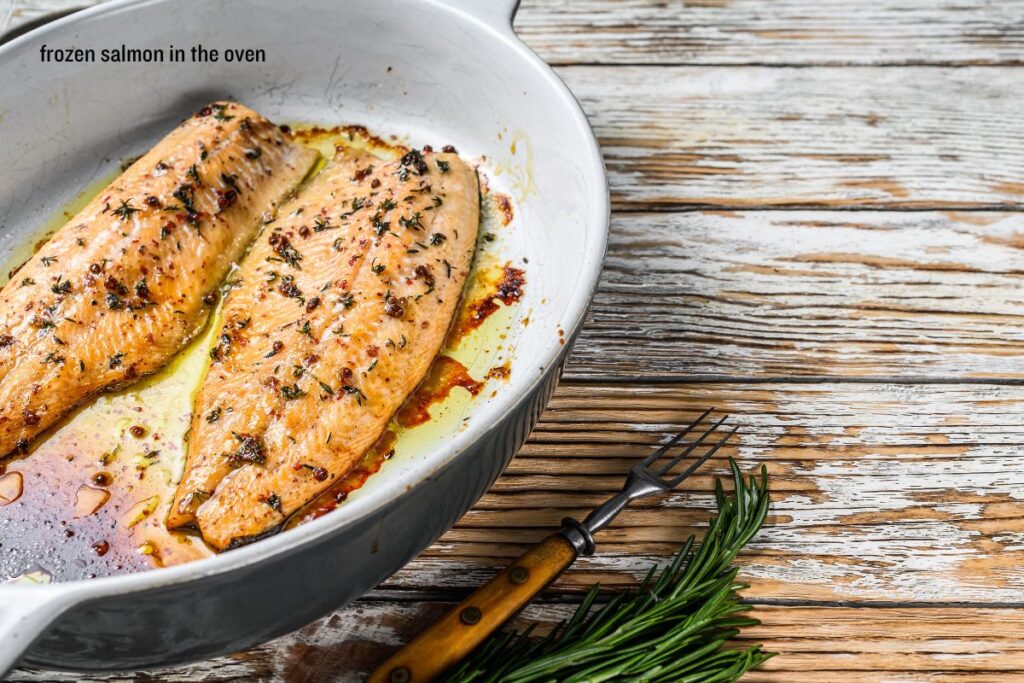
Conclusion
Cooking frozen salmon in the oven is a simple and delicious way to enjoy this nutritious fish. By following our detailed guide and exploring various flavor profiles, you can easily create a variety of meals that will impress both your family and guests. Remember to select high-quality frozen salmon, season it well, and monitor the cooking process to achieve the best results.
We hope this guide has inspired you to try cooking frozen salmon in the oven. We’d love to hear about your experiences and any variations you come up with!
References
How To Cook Frozen Salmon in the Oven
Frequently Asked Questions (FAQ)
Can I Cook Frozen Salmon Without Thawing?
Yes, you can cook frozen salmon without thawing. Simply follow the instructions for cooking from frozen, which usually involves a slightly longer cooking time. Ensure the salmon reaches an internal temperature of 145°F (63°C) to guarantee it is fully cooked.
What Are Some Other Methods to Cook Frozen Salmon?
Apart from baking in the oven, there are several other methods to cook frozen salmon:
- Grilling: Preheat your grill and cook the salmon for about 4-5 minutes per side.
- Pan-Searing: Heat some oil in a skillet and cook the salmon for approximately 5-7 minutes per side.
- Poaching: Simmer the salmon in a broth or seasoned water for about 15-20 minutes.
How Can I Tell If My Frozen Salmon Is Still Good?
Inspect the fillets for any signs of freezer burn, such as dry, discolored patches. Also, ensure the salmon has been stored at a consistent freezing temperature. If in doubt, it’s better to discard and replace the salmon.
Are There Any Recommended Side Dishes to Serve with Salmon?
Certainly! Some great side dishes to complement salmon include:
- Roasted Vegetables: Such as asparagus, Brussels sprouts, or bell peppers.
- Grains: Like quinoa, brown rice, or couscous.
- Salads: A fresh green salad or a tangy coleslaw.
- Potatoes: Mashed, roasted, or baked potatoes work well with salmon.
Can I Store Leftover Cooked Salmon?
Yes, leftover cooked salmon can be stored in an airtight container in the refrigerator for up to 2-3 days. You can also freeze cooked salmon, although it’s best consumed within a month for optimal quality.
